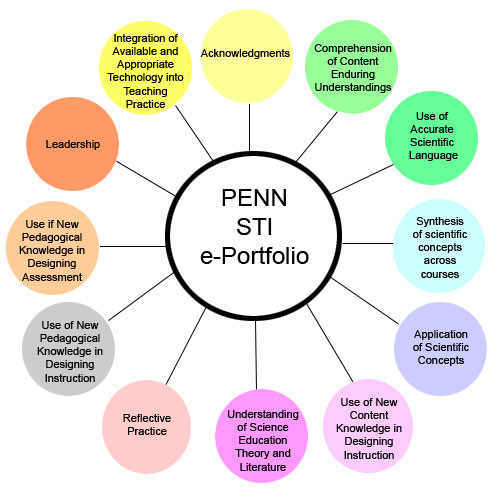



|
FLUORESCENT
WHITENING
AGENTS
IN LAUNDRY DETERGENT
& PAPER
|
| 1:
History 2:Importance and
Usage 3:
Spectroscopy 4: Current
Studies 5: Future Expts. |
| 6: HS Classroom
Lesson: A: Lesson
Plan B:
Worksheets C: Instructor
Guide |

 HS
CLASSROOM LESSON: Fluorescent Whitening Agents HS
CLASSROOM LESSON: Fluorescent Whitening AgentsA: Lesson Plan Objectives and Length (4-5 days total):
Prerequisite Knowledge: Light & the electromagnetic spectrum, Quantum theory, Molarity B. Worksheets
Some notes of interest: I think this unit would be particularly good to correlate the banded line atomic emission spectrums with the actual perceived color of spectral tubes. (E.g. students often don't "get" why a Neon spectral tube looks oranigish-red if it emits so many different wavelengths.) |
Resources:
|